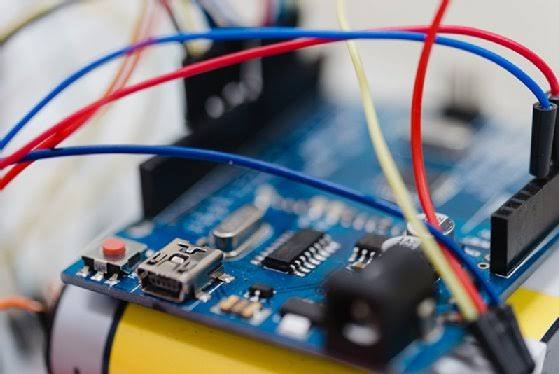Now that we have understood what an embedded system is, in this tutorial we would be learning about their types and common ones will can find around us.
Embeded systems are classified based on their performance and functional requirements and the performance of the microntroller.
Based on performance and functional requirements.
1. Real time embedded systems:
They provide outputs based on specific time, they are designed to perform tasks in prespecified time.
2.Stand alone embedded systems.
This system are independent, they can work on themselves, they are self sufficient and they don't depend on any other system. They are closed system comprising of an input and output. Input signals can be from sensors, touchpad and so on...
3.Networked embedded systems.
They depends on connected networks to perform their assigned tasks. They consists of sensors, controllers e.t.c,. which are interconnected. Many of this systems are built on general purpose processors.
4.Mobile embedded systems.
This systems are small in size and they can be used in smaller devices. They are small, compact, mobile and can easily be held on hand. examples are camera, calculator, advanced remote controls, sound recoder, mp3 player, etc.
Based on microntroller functionality.
1. Small scale embedded systems.
These type of embeded systems are usually small in size, and also has low operating power. They are usually powered by batteries or low power source ranging from 5v to 12v depending on the functionality and are usually designed with an 8 bits microntroller.
2. Medium scale embedded systems.
They use a single 16 bits or 32 bits microntroller multiple microntrollers connected or linked to one another. They are complex in designing, both hardware and software. Therefore it isn't preferred by many designers.
3. Shophisticated embedded systems.
They are complex and complicated to design, both their hardware and software. These embedded systems functions on multiple algorithms that results in complexities in both software and hardware.
Their processor or micro-controller must be configurable and can be programmed.
Real life applications of embedded systems.
Some common real life applications you can find around you are listed below.
• Consumer electronics.
Examples are digital cameras, smart watches, Google glass, PS(PlayStation), VR headset, vedio game console, etc.
•Medical instruments.
Mordern sethoscopes, scanners, ultrasound scanner and devices for observing blood pressure, heart beat, etc.
•Aerospace.
Tools and equipments for GPS(geographical position system), guidance and control of unmanned ariel vehicle (UAV).
•Industrial applications.
Use in assembly lines, control,
processing and packaging lines.
•Automobile.
Self driving vehicles, overspeed controls in cars, smart Lock, security etc.
•Home appliances.
Microwave ovens, digital wall clock, television, washing machine,voice activated lightning system, refigerators, air conditioners, etc.
•Communication.
Text message controlled devices, remote controls, etc.
• Banking.
ATM machines, metal detector, CCTV cameras, bank notes counting machine etc.
You could see that we all surrounded with embedded systems. They have greatly changed world in a positive way. Now we have electronics that are programmable and we can interact with just with a click of a button.
Simply, embedded systems are highly sophisticated electronic devices which users can interact with.
Tags:
Embedded Systems
